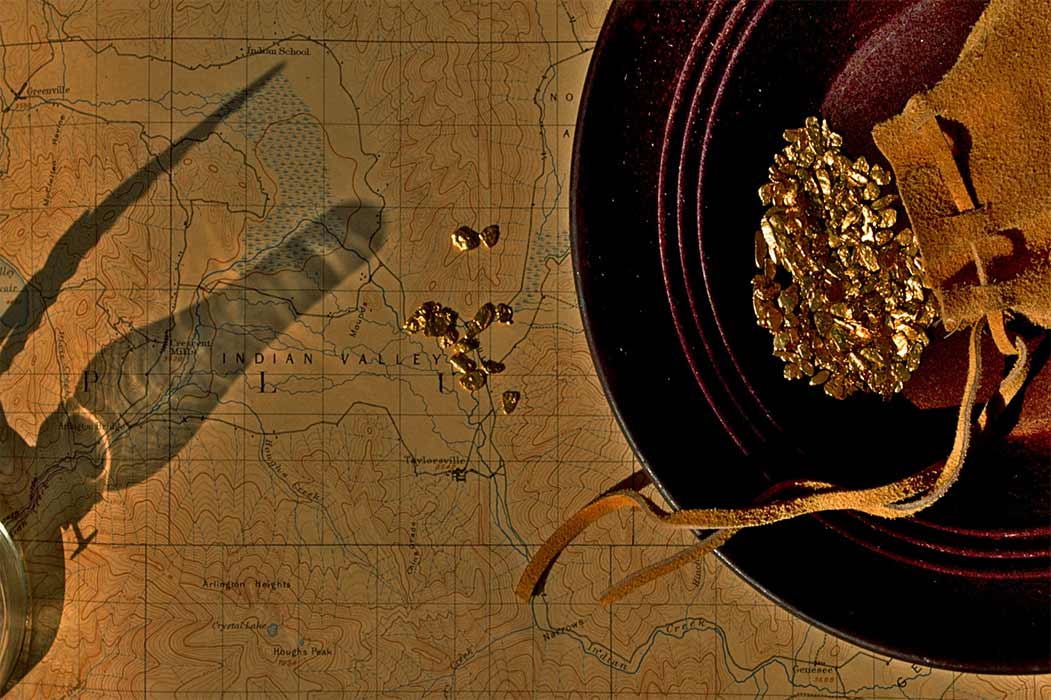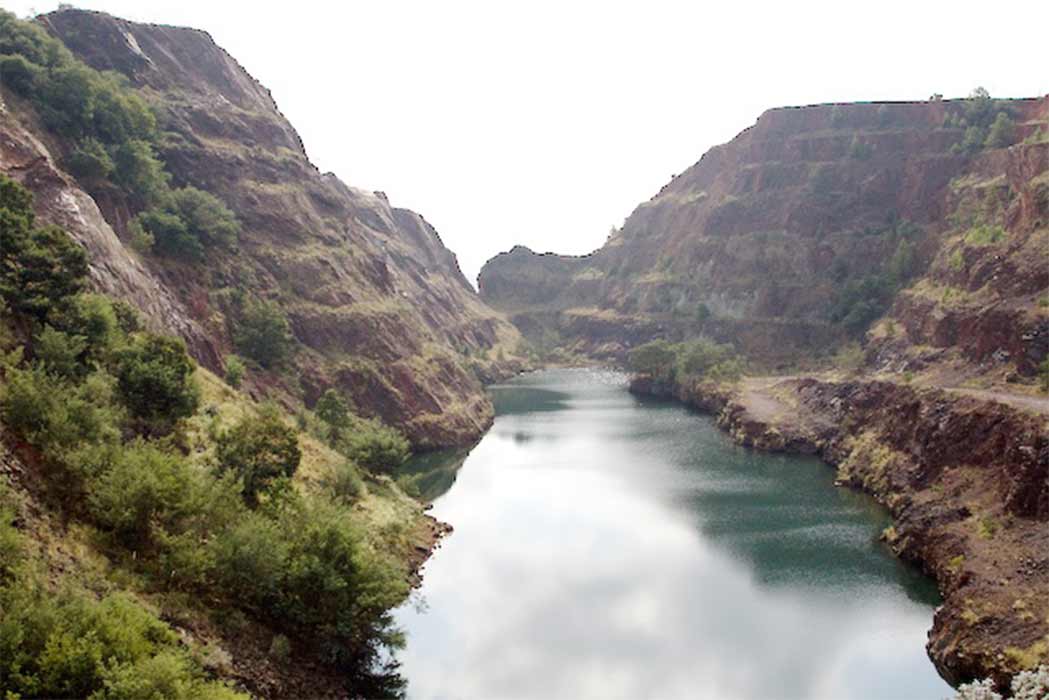
Mystery Mines That Enriched The Old World
About 2.6 million years ago, predating Homo Sapiens, early human ancestors founded mining when they dug for stones that were best suited for making survival tools and weapons. They knew that stones on the surface were generally weathered and rounded, while those buried in the mud were still sharp. The oldest known mine in the world is the Ngwenya Mine in Eswatini (Swaziland), dating to around 43,000 years ago, where Paleolithic bushmen (San hunters) mined hematite and made red ochre pigments for cave paintings and ritual purposes.

Ngwenya mine is the oldest known mine in the world. The San, or Bushmen, mined hematite here 40,000 years ago to make paint for cave paintings and probably other uses. It was mined commercially up until the 1970s. ( Heather Dowd/CC BY-SA 2.0)
About 10,000 years ago human communities began settling at agricultural centers all year round, hunting less, and mining metals that were traded over long distances. These early mining activities required the development of more advanced communication and recording skills, and it can be argued that mining was a bedrock of language and the resulting civilization. Around 6,000 years ago ancient Egyptians and Sumerians began smelting gold and silver from ores and trading crafted metal objects with distant cultures. Tin was discovered about 5,500 years ago which when mixed with copper made bronze, the first discovered metal alloy that was harder than its constituents.

Copper mine with slaves at work circa first century (Archivist / Adobe Stock)
Besides the world’s oldest, deepest or most mineral rich mines, some of the world’s most mysterious mines, are enveloped in enigmatic mythology and legends as to their origins, begging to be excavated.
The Ghost Miners Of Isle Royale
When the first hunter-fisher-gatherers arrived in the New World somewhere about 25,000 years ago, Isle Royale was cocooned in glacial ice and it was about 10,000 years ago that this area of the Upper Great Lakes was first inhabited. Measuring 45 miles (72 kilometers) long, up to nine miles (14 kilometers) wide and encompassing 850 square miles (2,201 square kilometers), Isle Royale is located in Lake Superior in the southeast of Thunder Bay, Ontario, Canada. An 1852-article titled Ancient Mines on Lake Superior (originally published in Scientific American) described Isle Royale as being ‘surrounded by approximately 200 smaller inlands, and this region was inhabited in the Archaic stage as early as 4,500 years ago, all the way through to 100 BC.’
It was during the Archaic stage that copper mining began at this site, and the ancient mines were rediscovered in 1848 measuring over 100 miles (160 kilometers) long. Archaeologists discovered a six- ton mass (exceeding five metric ton) of copper on wooden wedges which had been rolled along a gallery as well as thousands of ancient stone tools. The remains of fires suggested the copper was heated and then molded into shape. In 1859, Johann Georg Kohl wrote the following passage about the Isle Royal mines: ‘The dwellers on Lake Superior seem to feel the most superstitious reverence for copper, which is so often found on the surface-soil in a remarkable state of purity. They frequently carry small pieces of copper ore (sic) about with them in their medicine-bag; they are carefully wrapped up in paper, handed down from father to son, and wonderful power is ascribed to them.’





